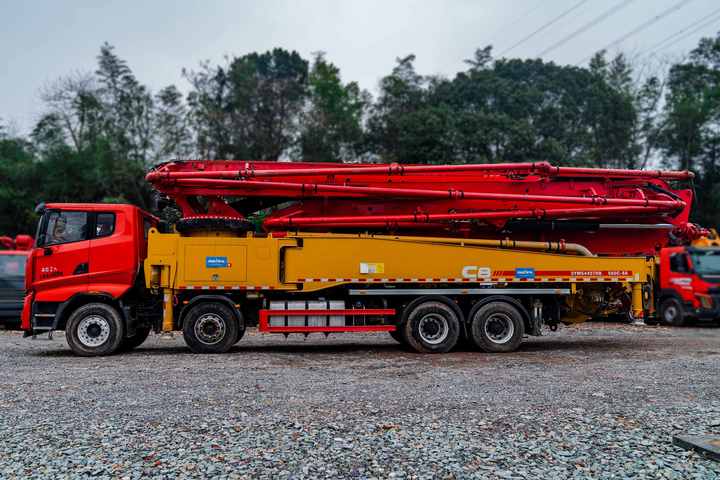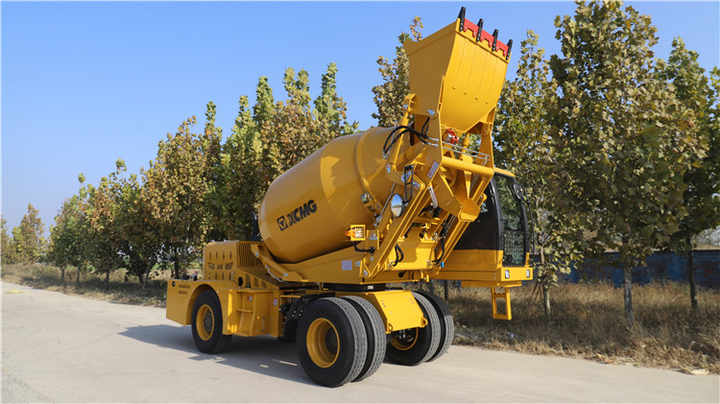Whatsapp: 8613978656878
Email: admin@slojx.com
Concrete Pump Types Every Project Manager Should Know
Views :
Update time : 2025-11-05
Not every concrete pump fits every job. Zoom GlobalMech Corp currently produces four core families, each engineered for distinct placement challenges. Boom pumps mount a multi-section articulating arm on a truck chassis and are best for high-rise or large-volume slabs where the machine can park within 20 m of the pour. Line pumps (trailer or skid mounted) use fixed pipelines and excel in tight urban lots, underground work and shotcrete applications. Mixer-pump combos batch and place in one mobile unit—perfect for remote footings and small decorative projects. Finally, separate placing booms bolt to masts or slabs, distributing concrete pumped by a stationary trailer pump when a truck boom cannot reach.
 Capacity is expressed in cubic meters per hour (m³/h) and horizontal/vertical reach. A 37 m boom pump from Zoom GlobalMech Corp, for example, outputs 160 m³/h and covers a 32 m radius—ideal for 8- to 12-story buildings. Conversely, a 25 m³/h electric line pump suits residential basements where noise ordinances forbid diesel engines. Choosing the wrong category usually means higher labor costs, increased stoppages and possible cold joints. Match pump type to project geometry first; horsepower and brand loyalty come second.
Capacity is expressed in cubic meters per hour (m³/h) and horizontal/vertical reach. A 37 m boom pump from Zoom GlobalMech Corp, for example, outputs 160 m³/h and covers a 32 m radius—ideal for 8- to 12-story buildings. Conversely, a 25 m³/h electric line pump suits residential basements where noise ordinances forbid diesel engines. Choosing the wrong category usually means higher labor costs, increased stoppages and possible cold joints. Match pump type to project geometry first; horsepower and brand loyalty come second.
Maintenance profiles also differ. Boom pumps need daily greasing of wear plates and monthly boom-cylinder oil changes, while line pumps demand weekly gland-packing adjustments and periodic cutting-ring replacement. Mixer-pump combos carry the extra duty of drum-liner inspection. Whichever Zoom GlobalMech Corp model you operate, keep a logbook that records hours, strokes and wear-part dimensions; the data predicts failures before they shut down the pour.
Daily & Periodic Maintenance Checklist for Concrete Pumps
Related News
Read More >>
 Specifications & Guideline
Specifications & Guideline
11 .09.2025
Specifications & Guidelines for Safe Concrete Pumping Operations



